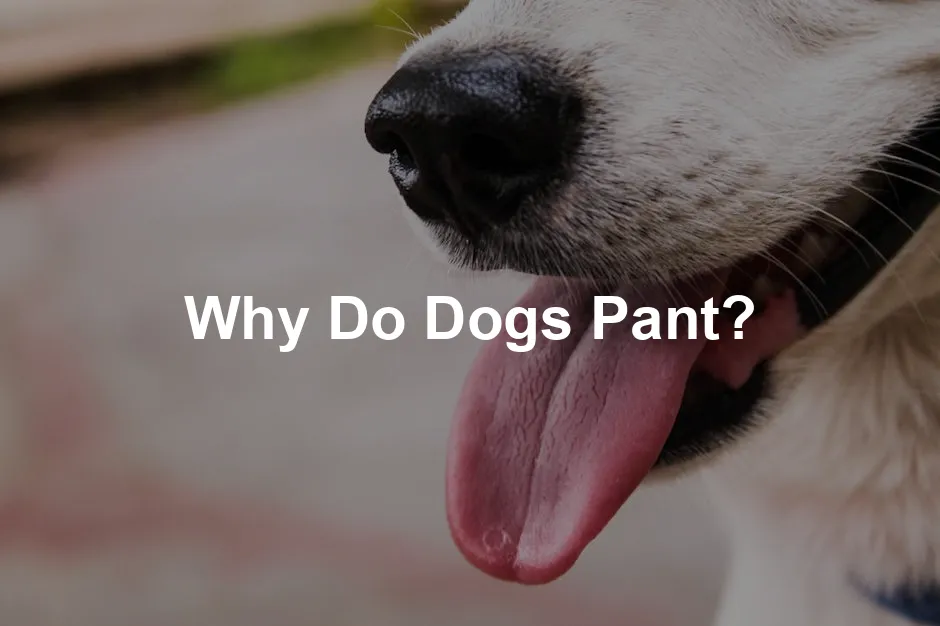
Why Do Dogs Pant?
Introduction
Have you ever wondered why your furry friend pants? Panting is a common behavior among dogs. It’s their way of regulating body temperature and expressing emotions. However, it can also indicate potential health issues. Understanding the reasons behind panting is crucial for every pet owner. Being informed can help you ensure your dog’s well-being.
Speaking of keeping your dog cool, have you checked out a Dog Cooling Mat? This nifty invention is perfect for those hot summer days when your pup needs a little help cooling down. Just imagine how blissful they’ll feel lounging on a mat designed to keep them cool while they nap the day away!
Summary and Overview
Panting refers to rapid, shallow breathing through an open mouth. This behavior plays a significant role in canine communication and thermoregulation. While panting is often normal, it can also signal something more serious.
Various factors can lead to panting, including environmental temperature, excitement, and health conditions. For instance, dogs will pant after strenuous play or when they’re anxious. It’s essential to monitor your dog’s panting patterns. Consistent changes in these patterns may warrant a trip to the veterinarian. Always consult a vet if you notice unusual or excessive panting. Early detection is key to maintaining your dog’s health.

Common Reasons for Dog Panting
To Cool Down
Dogs don’t sweat like we do. Instead, they rely on panting to regulate their body temperature. When a dog pants, they exchange hot air for cooler air. This process helps them cool down effectively. The moisture evaporates from their tongue and lungs, aiding in heat loss.
On hot days, ensure your dog has plenty of fresh water. Dehydration can happen quickly, especially during exercise. Watch for signs of overheating like excessive panting, drooling, or lethargy. If you notice these, take immediate action to cool them down. A Portable Dog Water Bottle is a lifesaver to keep your furry friend hydrated on the go!

Excitement and Playfulness
Panting can also signal excitement. Dogs often exhibit joyful panting during playtime or when greeting their owners. For instance, playing fetch or running in the park often leads to this behavior.
When your dog is excited, you might notice their tail wagging or a playful bounce. This type of panting is normal and usually doesn’t indicate distress. However, understanding your dog’s body language can help you differentiate between joyful and anxious panting. A great way to keep that excitement going is with an Interactive Dog Toy to engage their mind and keep them entertained!
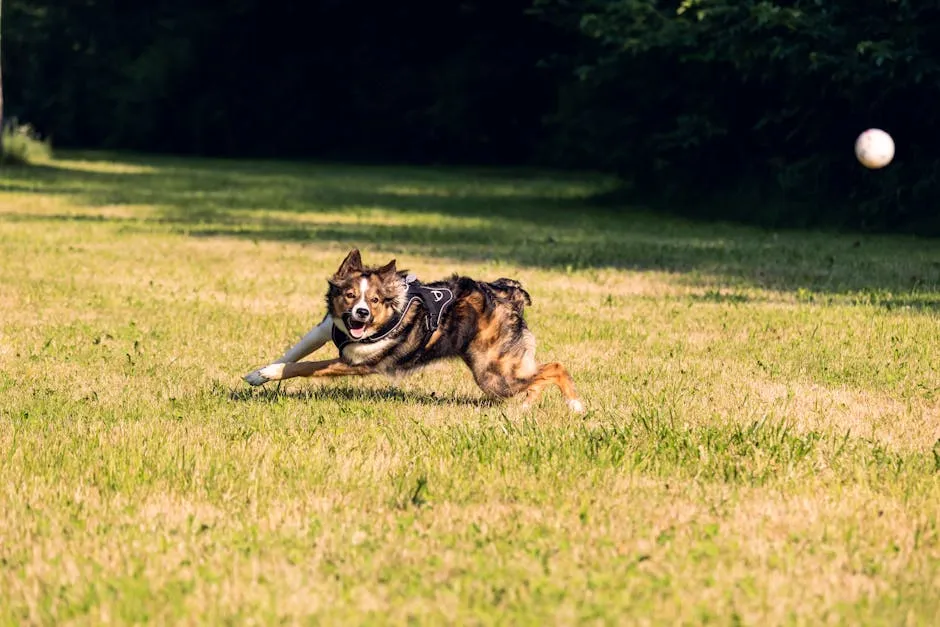
Stress and Anxiety
Panting can also indicate stress or anxiety. Signs of an anxious dog include pacing, whining, or tucking their tail. Common triggers include thunderstorms, fireworks, or visits to the vet.
If your dog starts panting in these situations, it’s essential to help them feel safe. Create a calm environment and provide comfort. Techniques like using calming music or a favorite toy can help ease their anxiety. Consider a Dog Anxiety Vest for those particularly stressful moments!

Pain and Discomfort
Panting in dogs can often indicate pain. It’s a way for them to communicate discomfort when they can’t express it verbally. If your dog is panting unusually and also displaying signs like limping or vocalizing, something may be wrong. Other indicators of pain include trembling or reluctance to move. Always pay attention to these signals. If you suspect your dog is in pain, a veterinary evaluation is crucial. Quick action can lead to a proper diagnosis and effective treatment.

Medical Conditions
Heatstroke
Heatstroke is a serious condition that occurs when a dog overheats. Symptoms include excessive panting, drooling, and lethargy. If your dog is panting heavily and appears restless, they may be overheating. Act quickly by moving them to a cooler spot and offering water. Statistics show that heatstroke incidents increase in summer months, especially in breeds prone to overheating. Always monitor your dog’s temperature during hot weather. Prevention strategies include avoiding walks during peak heat and ensuring access to shade.
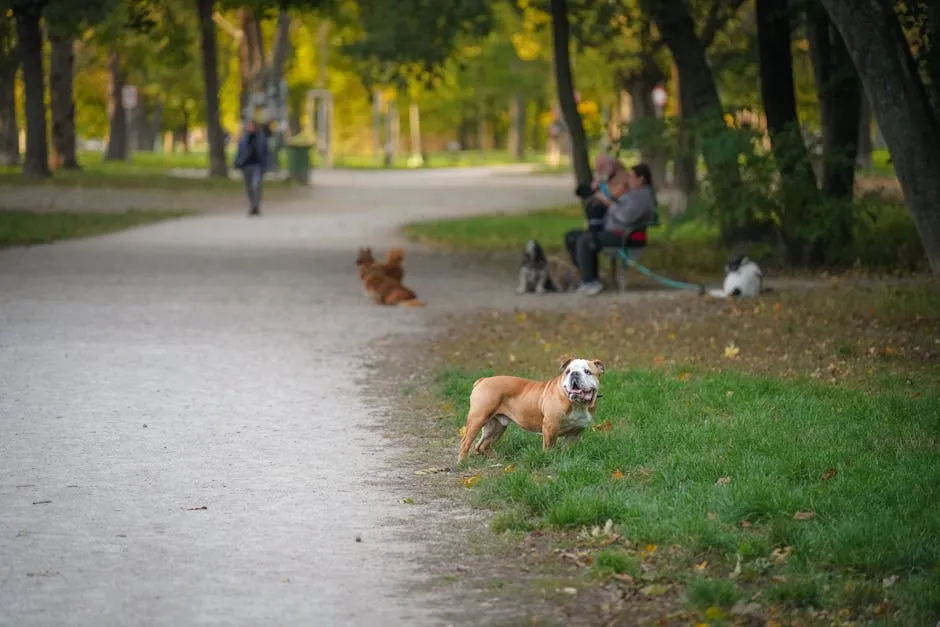
Heart and Respiratory Issues
Certain heart and respiratory problems can lead to excessive panting in dogs. Conditions like heart disease may cause a dog to pant even when resting. Other issues, such as laryngeal paralysis or pneumonia, can also trigger this behavior. Breeds like Bulldogs and Pugs are more predisposed to these conditions. Awareness of these risks is essential. If your dog pants heavily or shows signs of distress, consult a veterinarian for an accurate diagnosis and potential treatment options.

Cushing’s Disease
Cushing’s disease is a hormonal disorder in dogs. It occurs when the adrenal glands produce too much cortisol. This condition can affect dogs of any breed, but older dogs are more susceptible. Common symptoms include excessive thirst, increased urination, and weight gain. Dogs may also develop a pot-bellied appearance and show thinning hair.
Early detection is vital for effective treatment. If left untreated, Cushing’s disease can lead to severe health issues. The longer it goes undiagnosed, the more challenging it can be to manage. Regular veterinary check-ups can help catch this condition early. If you notice any of the symptoms mentioned, consult your veterinarian promptly. They can perform tests to evaluate your dog’s endocrine health and recommend the best treatment options.
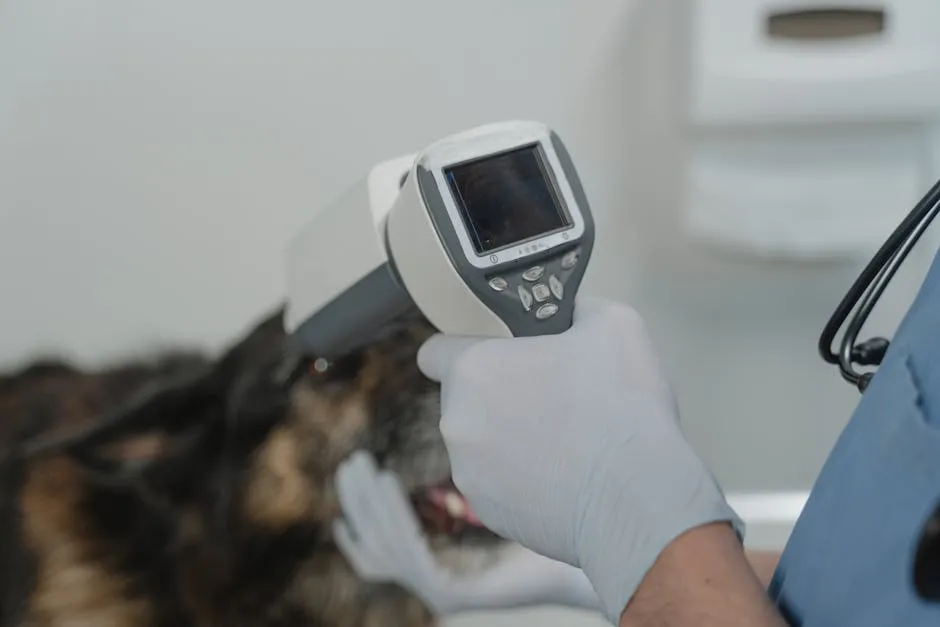
Identifying Normal vs. Abnormal Panting
Observing Context
Understanding the context of your dog’s panting is crucial. Normal panting often happens after exercise or in warm weather. If your dog is panting while resting or in a cool environment, it may be a concern. Pay attention to their activity level and surroundings. Is your dog excited, or are they displaying signs of distress? Contextual cues can help you assess whether the panting is typical behavior or something more serious.
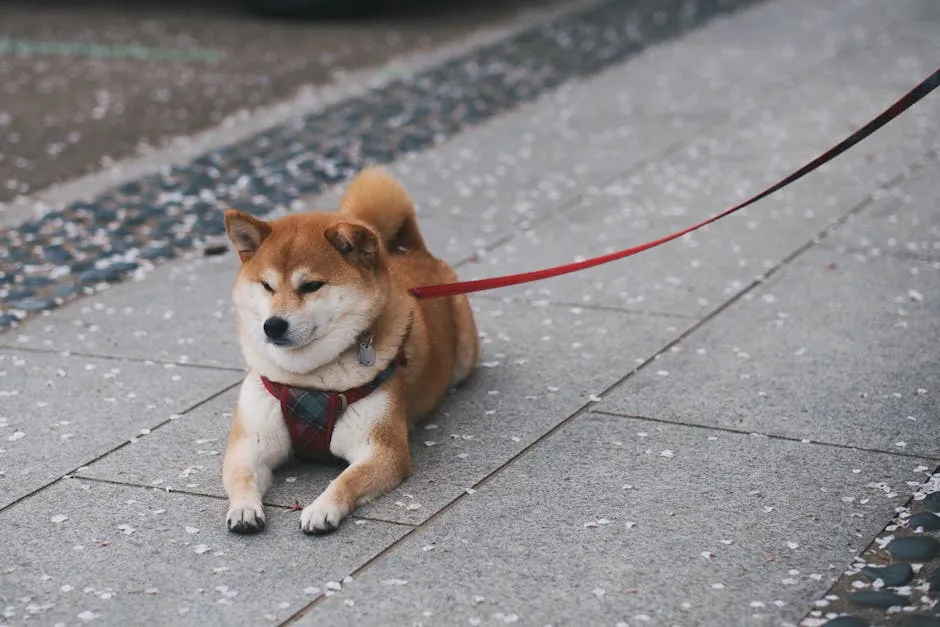
Monitoring Other Symptoms
Along with panting, look for other symptoms. Lethargy, coughing, or changes in appetite can indicate health issues. If your dog shows unusual behavior, a comprehensive evaluation may be necessary. Holistic assessment involves looking at all health indicators. Monitoring your dog’s overall well-being helps identify potential problems early. If you notice panting accompanied by any troubling signs, contact your veterinarian for further evaluation and guidance.

What to Do if Your Dog Is Panting Heavily
Immediate Actions
If you suspect your dog is overheating, take swift action. Start by moving your dog to a cooler area, such as indoors or under shade. Offer them cool, fresh water to drink. You can also wet their fur with cool water, especially around their neck and chest. Monitor your dog closely for any signs of distress. If they remain restless or pant excessively, contact your veterinarian or an emergency animal hospital. Signs of heatstroke include weakness, bright red gums, or a rapid heartbeat. These are emergencies requiring immediate response.
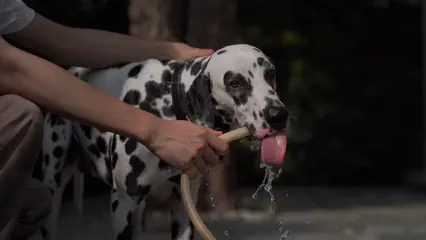
Long-term Considerations
Regular veterinary check-ups are vital for your dog’s health. These visits allow for monitoring of any underlying issues that could cause excessive panting. Additionally, consider lifestyle adjustments for dogs prone to panting issues. Ensure they have a cool environment, especially in hot weather. Limit strenuous activities during peak heat hours. Maintaining a healthy weight through diet and exercise can also help. Preventative care is key to keeping your furry friend healthy and happy.
To assist with your dog’s comfort during travel or at home, consider investing in a Dog Travel Crate. It’s a convenient way to keep your pup safe and secure while on the go!
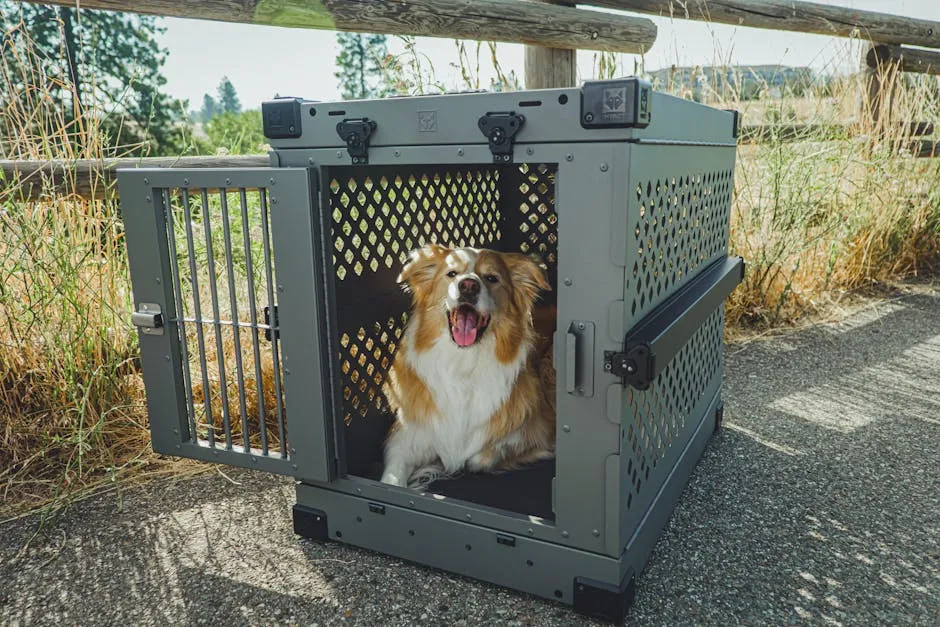
Conclusion
Understanding why your dog pants is crucial for their well-being. Monitoring their behavior can help you identify potential health issues early. Always be attentive to changes in their panting patterns, and don’t hesitate to consult your veterinarian if you have concerns. Your dog’s health may depend on your vigilance and timely action. Don’t forget to equip yourself with a Dog First Aid Kit just in case of emergencies!
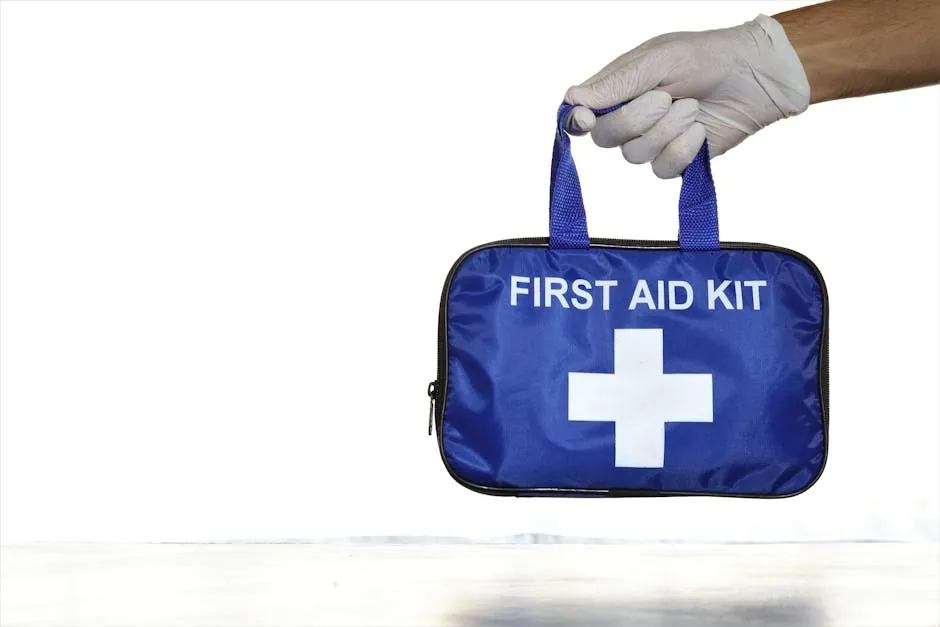
If you’re concerned about your dog’s panting, it’s important to understand the various causes and solutions. For more information, check out this article on why your dog might be panting while resting.
Please let us know what you think about our content by leaving a comment down below!
Thank you for reading till here 🙂
All images from Pexels




